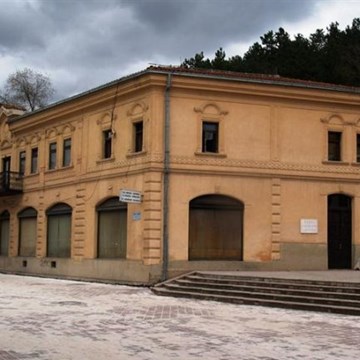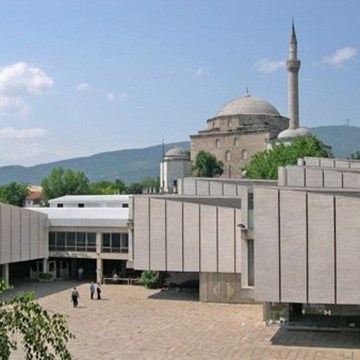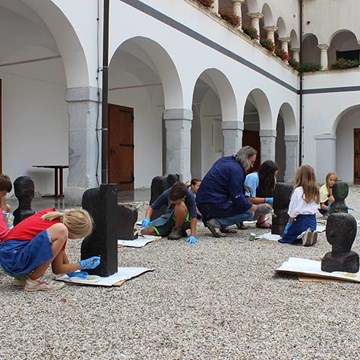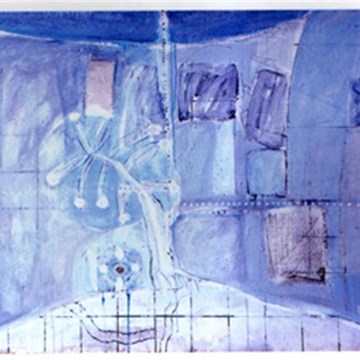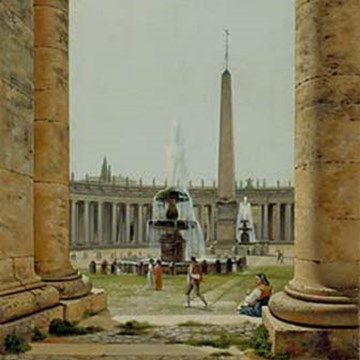National Museum Vranje
Narodni muzej Vranje
The National Museum in Vranje was founded in 1960 in the old Selamluk building (part of the complex known as Pašini Konaci), by the decree of the People’s Committee of the Vranje District, as the Museum of the People’s Liberation War.
Over time, as the collections grew and expanded, it transformed into a comprehensive museum type and was renamed the National Museum in Vranje by the decision of the Vranje Municipal Assembly in 1992.
Since its establishment to the present day, it represents a venue for dynamic exhibition seasons, featuring both contemporary creative works and other thematic exhibitions, along with suitable urban programs.
Founded in 1967, the Museum House of Bora Stanković and in 1995, the Gallery of the National Museum become an integral part of the National Museum Vranje.
Under the museum’s management since 2019, Prijbojčić’s House serves as the administrative center.
Since 2021, Haremluk’s building is under the management of the National Museum of Vranje, thus completing the entire complex of Pasha’s Konaks (with the buildings Selamluk and Haremluk).
The permanent museum exhibition is located in Selamluk, showcasing the urban house of Vranje from the late 19th and early 20th centuries, which opened to visitors in 2022.
The Bora Stanković House Museum focuses on the life and work of the renowned writer.
The museum publishes the Vranjski Glasnik journal, which has been the only professional journal in the district since its first edition in 1965.
The territorial jurisdiction of the National Museum in Vranje covers the city of Vranje and the municipalities of Vranjska Banja, Bujanovac, Preševo, Trgovište, Bosilegrad, Vladičin Han, and Surdulica.
Exhibitions and events

THE EXHIBITION SELAMLUK
Permanent exhibitionThe Selamluk served as the male section in a Muslim house or a separate house in the courtyard where guests were received, while the Haremluk was the female section in a Muslim house where men who...

THE EXHIBITION BORA'S HOUSE
Permanent exhibitionThe house in which the writer Borisav Stanković (1875-1927) was born was built around 1850 on a plot of land purchased by his grandmother Zlata. It was constructed as a four-part house with an open...
Educational programs
We don't have anything to show you here.
Collections
We don't have anything to show you here.




